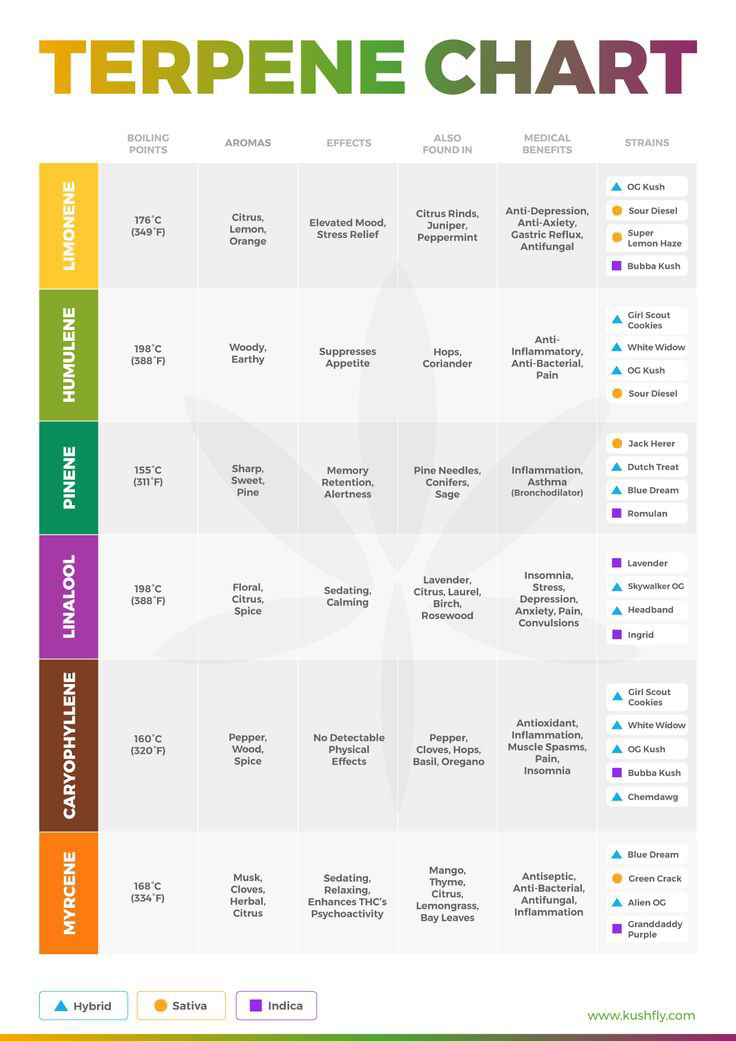- Definition: Terpenoids, also known as isoprenoids, are a diverse class of naturally occurring organic compounds derived from isoprene units (C5H8). They are widely distributed in the plant kingdom and are also found in some microorganisms and animals.
- Occurrence and Distribution: Terpenoids are found in various parts of plants, including leaves, stems, flowers, fruits, and roots. They contribute to the characteristic aromas and flavors of many plants and are responsible for the production of essential oils in numerous species.
- Isolation: Terpenoids are isolated from plant material through extraction methods such as steam distillation, solvent extraction, or cold pressing. The extracted oils or oleoresins can be further purified using techniques like fractional distillation or chromatography.
II. Identification Tests for Terpenoids
- Gas Chromatography (GC): GC is commonly used for the separation and identification of terpenoids. It utilizes the different volatilities of compounds to achieve separation, and the presence of specific terpenoids can be confirmed by comparing retention times with reference standards.
- Mass Spectrometry (MS): MS is often coupled with GC or other separation techniques to identify terpenoids based on their mass-to-charge ratio (m/z). Fragmentation patterns obtained from MS analysis can provide structural information.
- Nuclear Magnetic Resonance (NMR): NMR spectroscopy is used to elucidate the chemical structure of terpenoids by analyzing their proton and carbon chemical shifts, coupling constants, and other spectral features.
- Infrared (IR) Spectroscopy: IR spectroscopy can provide information about functional groups present in terpenoids, aiding in their identification.
- Odor and Flavor Evaluation: Terpenoids often possess characteristic odors and flavors, and sensory evaluation techniques involving human senses play a role in identifying and describing these compounds.
III. Therapeutic Activity of Terpenoids
- Terpenoids exhibit a wide range of biological activities, and many have been utilized in traditional and modern medicine. Some examples include:
- Antimicrobial and antifungal effects (e.g., thymol from thyme and tea tree oil).
- Anti-inflammatory and analgesic properties (e.g., curcumin from turmeric).
- Antioxidant activity (e.g., carotenoids such as β-carotene).
- Anticancer potential (e.g., taxol from the Pacific yew tree).
- Antiviral effects (e.g., menthol from mint and eucalyptol from eucalyptus).
- Cholesterol-lowering activity (e.g., saponins from various plants).
- Immunomodulatory effects (e.g., artemisinin from Artemisia annua).
IV. Pharmaceutical Applications of Terpenoids
- Terpenoids have significant pharmaceutical applications and are used in the development of various drugs and therapeutic agents. Some examples include:
- Antimalarial drugs: Artemisinin and its derivatives are used to treat malaria.
- Anti-inflammatory drugs: Terpenoids such as glucocorticoids are used to alleviate inflammation.
- Anticancer drugs: Taxol and its derivatives are used in the treatment of various cancers.
- Topical analgesics: Menthol and camphor are commonly used in pain-relieving creams and ointments.
- Antioxidant supplements: Carotenoids such as β-carotene and lycopene are used as dietary antioxidants.
- Cholesterol-lowering drugs: Statins, derived from fungal terpenoids, are used to lower cholesterol levels.
Terpenoids exhibit a wide range of therapeutic activities and have found applications in various pharmaceutical and medicinal fields.










No comments:
Post a Comment